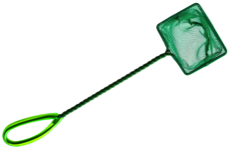
Herping for reptiles and amphibians including lizards, snakes, turtles, tortoises, frogs, toads, salamanders, newts and other interesting creatures in their natural Californian habitat, with locations, pictures and commentary.
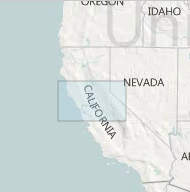
March 2008
I spent a couple hours one sunny Saturday afternoon searching for herps on my parent's property in the country town of Lincoln, California (30 minutes east of Sacramento, towards Lake Tahoe). It was moderately warm in the Sun (upper 70's), so there was plenty of early Spring reptile and amphibian activity. I saw lizards, snakes, frogs, and a turtle.
Here are a few Western Fence lizards (Sceloporus occidentalis) I came across—also commonly known as "blue-bellies" due to their very bluish underbellies. Most of the lizards would let me get fairly close:
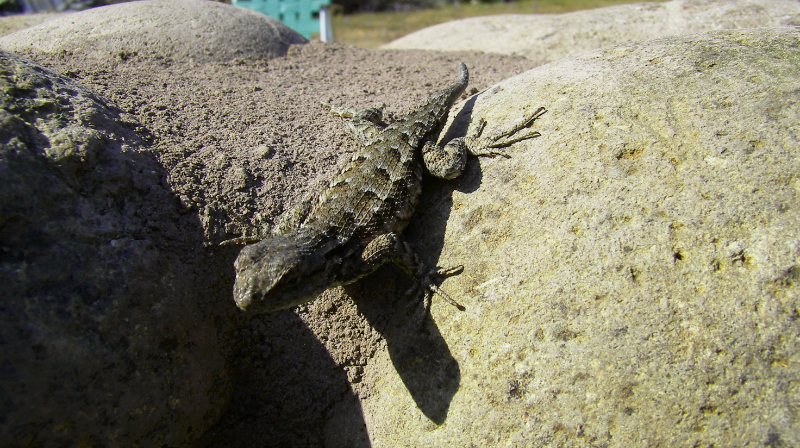
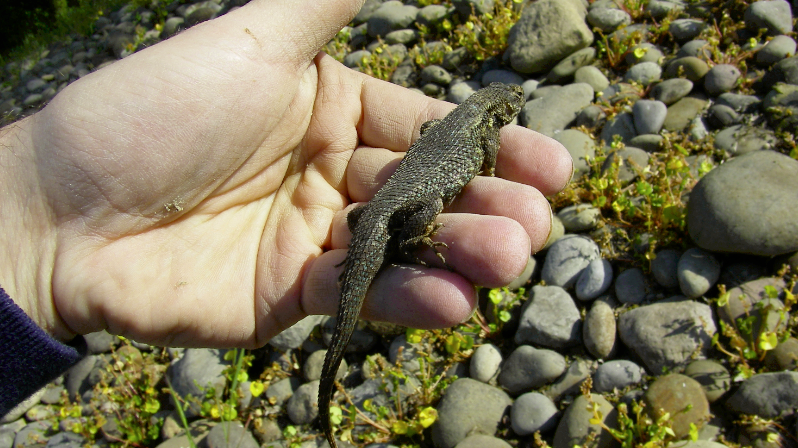
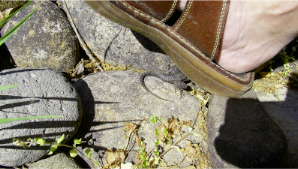
Here's an interesting reptile fact for you: according to the California Academy of Sciences, Lyme disease is less prolific in areas where Western Fence lizards occur. When ticks attach to these lizards, the Lyme disease-causing bacteria are annihilated.
Amphibians were out and about as well. Here's a picture of an American Bullfrog (Lithobates catesbeianus) that was patiently waiting in a shallow pool of water. This frog species is not native to California, but instead was introduced in the early 1900's. Growing up to 8" SVL (ie. excluding the length of their legs), it's the largest frog in California. Due to its aggression towards native species and its voracious appetite, eradication methods have been considered.
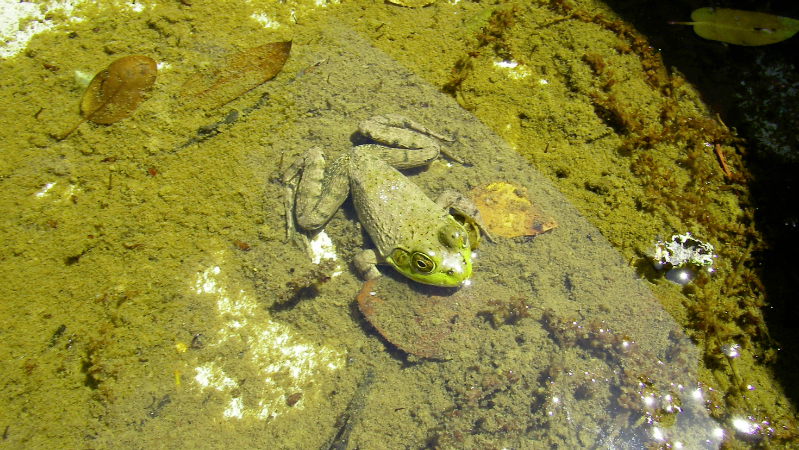
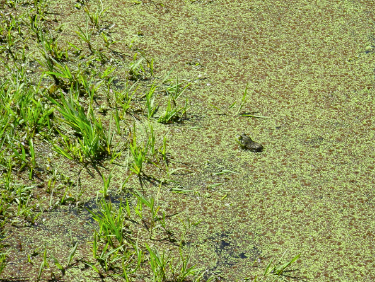
Here's another Bullfrog relaxing in the bog, waiting to consume anything that crosses its path.
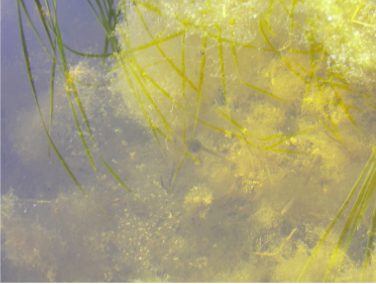
Can you spot the Bullfrog tadpole in this picture? It looks tiny, but in actuality it was pretty large.
While I was walking, I spotted something on the side of the country road. Sure enough it was a Western Pond turtle (Actinemys marmorata). Its plastron and carapace were in great shape, and overall it was a very healthy looking turtle. This species can survive for 30 years in the wild, and can lay eggs up to twice per year (although the age of first reproduction can be ten years or more).
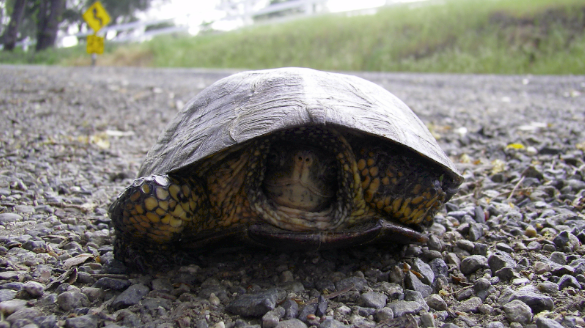

While I was holding the turtle in the above-right picture, this small Garter snake slithered across the carpet to check things out.
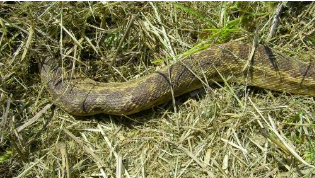
The remnants of a Gopher snake (Pituophis catenifer) that my father accidentally ran over with the riding lawn mower in the taller grass.
May 20th, 20011
I spent about an hour herping in Lincoln today, and saw quite a few frogs, one light-colored snake too quick to identify, countless Western Fence lizards (Sceloporus occidentalis), as well as a herping lifer—a Western skink (Plestiodon skiltonianus).
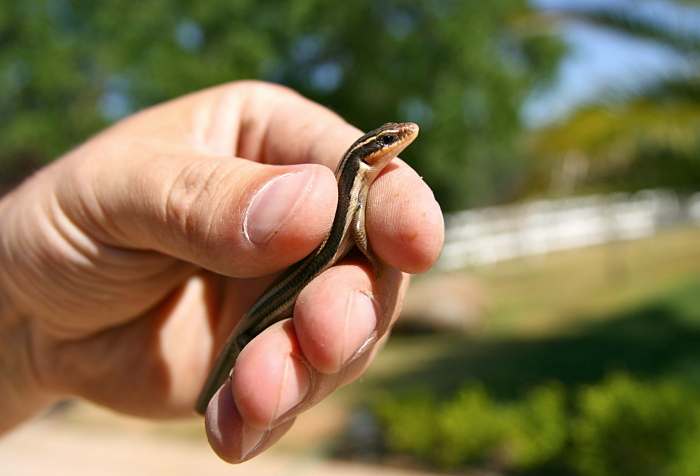
Western Skink found hiding inside the splitting layers of some old plywood.
I turned over a rock in a young vineyard and found this Sierran treefrog (
Pseudacris sierra) living with several other insects.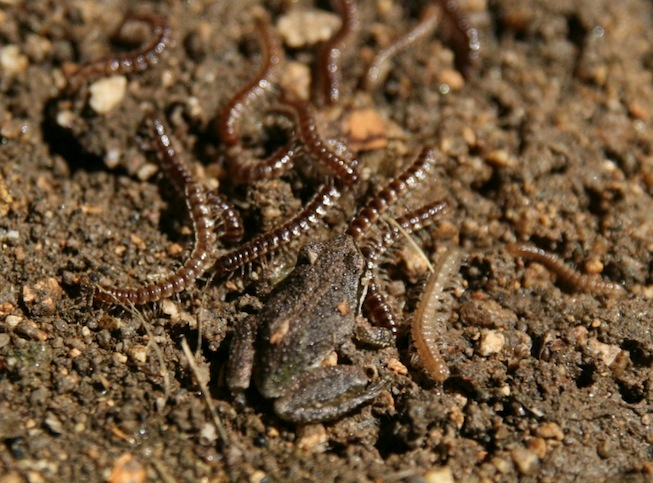
Shortly thereafter I noticed a long snake skin shed laying neatly in the weeds near a pond. I saw a snake slither to safety right next to it as well, but it was not the same snake as the size differential was significant.
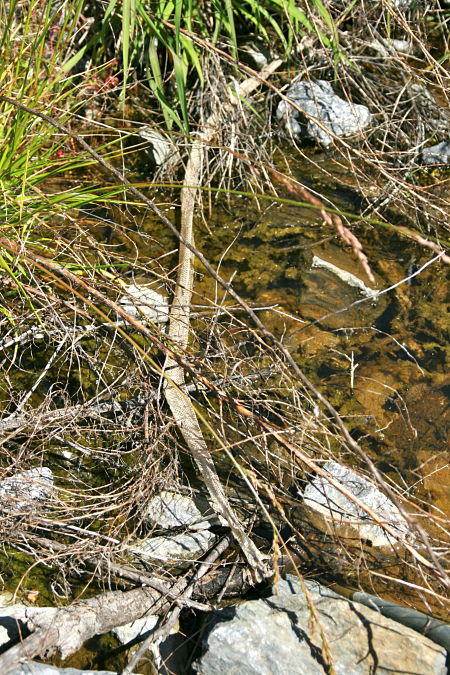
Here's a five-foot long snake skin shedding I found near a pond.
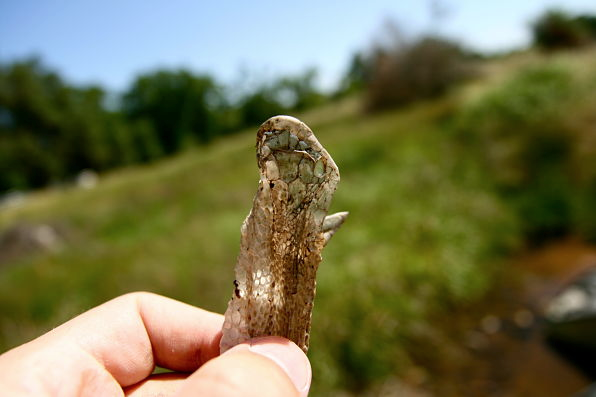
Here's a a close-up of the above snake skin shed. I believe it to belong to a large Gopher snake.
Field Herping Main Menu